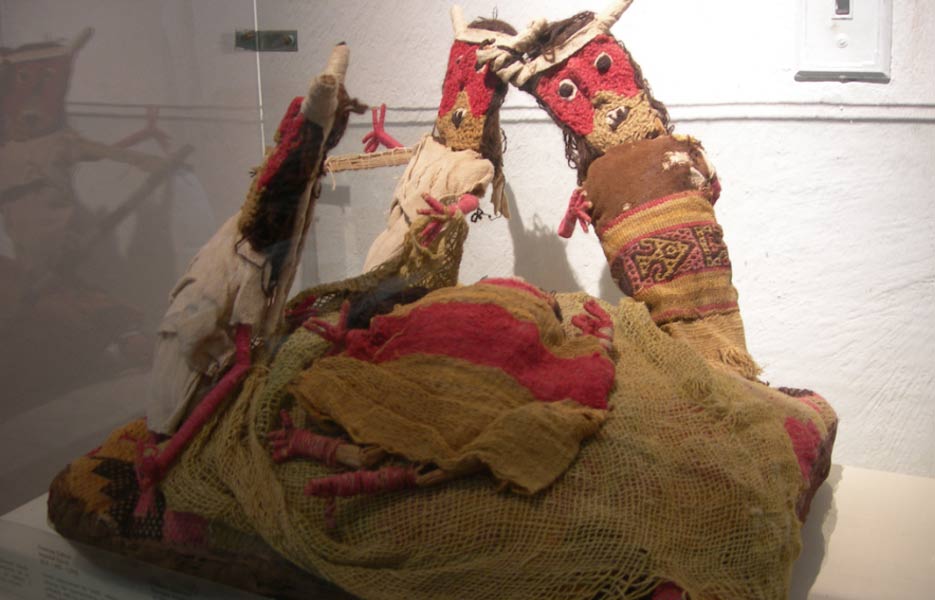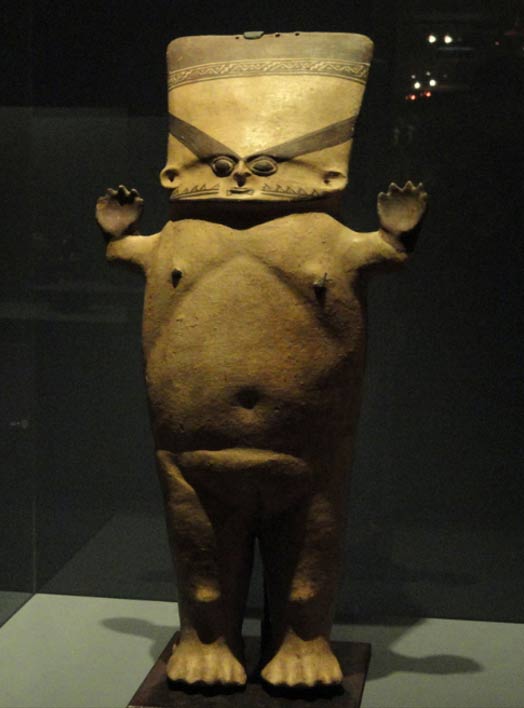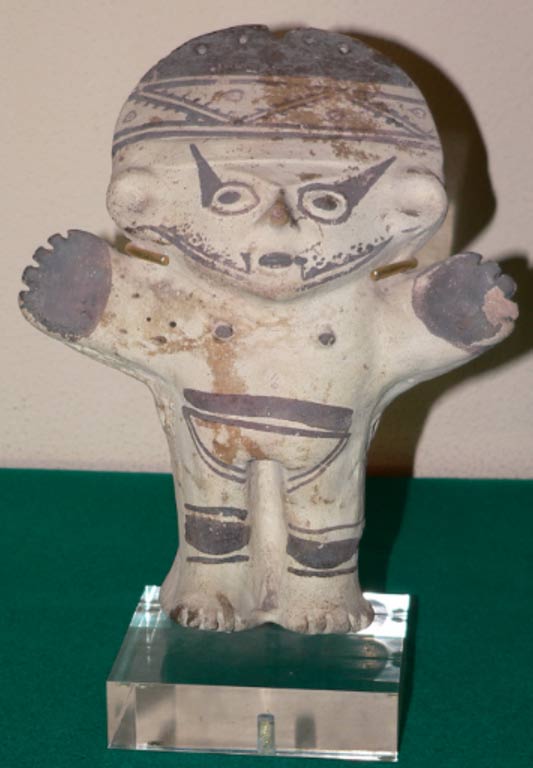Chancay Burial Dolls: Ancient Peruvian Grave Goods of a Lost Culture

Chancay burial ‘dolls’ are a type of grave goods that were used by the Chancay culture, a pre-Columbian civilization located in modern day Peru. This civilization was based mainly in the valleys of Chancay and Chillon, which are on the central coast of Peru. The Chancay culture existed from around 1000 / 1200 AD until 1450 AD. According to ethno historical accounts, the Chimú, another pre-Columbian civilization, conquered parts of the Chancay’s southern territories. Around 1450, however, both the Chancay and the Chimú fell to the Inca Empire.
The Mysterious Chancay Culture
Very little is known about the Chancay culture, one of the primary reasons being the lack of written records. Thus, much of our present knowledge regarding this civilization is derived from its archaeological remains as well as ethno history. Based on the available evidence, it seems that the Chancay culture had a certain degree of political integration, perhaps even a centralized from of political structure. Nevertheless, this culture did not achieve the level of organization that some other pre-Columbian civilizations, for instance, the Inca Empire, achieved.

Female figure, Chancay, Peru, 1000-1450 AD. ( Public Domain )
Although the Chancay left behind some architectural remains, these have been described as “undistinguished and produced in tapia (poured adobe).” Ceramics are a more common type of artifact left by the Chancay in the archaeological record. Apart from vessels, which are “often big and rather peculiar in form”, the Chancay also produced large clay dolls, which often represented the female sex. Those, however, are not the burial ‘dolls’, as these grave goods belong to another group of Chancay artefacts – textiles.

Solid clay idol called cuchimilco from the Chancay culture. (CC BY 3.0 )
Burial Dolls & Textiles
Textiles are the types of artifacts that the Chancay are best known for. Textiles were not a product unique to the Chancay culture however, as this craft was practiced by many other Peruvian pre-Columbian cultures. The discovery of textiles and textile related artifacts in most pre-Columbian gravesites in Peru (preserved as a result of the arid environment in which these sites are located) is evidence of this. Still, the thing that sets the Chancay apart from other contemporary pre-Columbian cultures is their burial ‘dolls’.

Sewing tools from the Chancay culture. (CC BY 3.0 )
The burial ‘dolls’ of the Chancay culture are made of woven fabric, and are normally stuffed with reed or fiber. Some ‘dolls’, such as that of a llama which was displayed in the National Gallery of Australia, have been found to be stuffed with tiny round grains instead. The ‘dolls’ are dressed in gendered garments woven to size, and would usually have tapestry-woven faces with dramatic facial features. Some of these ‘dolls’ have been found to be holding an item in their hands – a ball of cotton, a piece of yarn, or even a musical instrument.

A Chancay ‘doll.’ ( Public Domain )
These ‘dolls’ are believed to represent human beings, rather than supernatural beings (such as gods or spirits) based on the details of their costume. These details also serve to show the gender of the ‘dolls’. For example, female ‘dolls’ have netted head cloths, whilst male ones have slings. Additionally, the gender of these ‘dolls’ can be distinguished based on the patterns on their faces. Females are said to have “several variations of diagonal stepped patterns”, whilst their male counter-parts are reported to have a more standardized “pattern of three triangular sections”.
An Uncertain Purpose
The function(s) of the Chancay burial ‘dolls’ is / are unknown, and much speculation has been made regarding this subject. The fact that these ‘dolls’ have been found in graves adds another layer of complexity to this question.
For example, it has been proposed that the figurines served as children’s toys, hence the use of the term ‘doll’. One may further inquire if these toys were used by a person when he / she was alive, and then buried with them when they died, or made specifically for funerary purposes.
Another suggestion is that they had a similar function to the shabtis of the ancient Egyptians, and served as companions or servants in the afterlife. It has been pointed out that in many graves, small scenes involving multiple ‘dolls’ have been found. These ‘dolls’ not only included humans, but also animals and even architectural structures.

Chancay dolls. Larco Museum in Lima, Peru. (Flickr/CC BY 2.0 )
Related Post
A shocking documentary proves that mermaids do exist
SHOCKING Revelation: Thuya, Mother of Queen Tiye, Was the Grandmother of Akhenaten and Tutankhamun—What Ancient Egyptian Secrets Did She Leave Behind?
Breaking News: Astonishing Discoveries at Karahan Tepe Confirm an Extraterrestrial Civilization is Hiding on Earth, and NO ONE Knows!
Breaking News: Researchers FINALLY Discover U.S. Navy Flight 19 After 75 Years Lost in the Bermuda Triangle!
NASA’s Secret Investigation: Uncovering the Astonishing Mystery of the UFO Crash on the Mountain!
Explosive UFO Docs LEAKED: Startling Proof That Aliens Ruled Ancient Egypt!